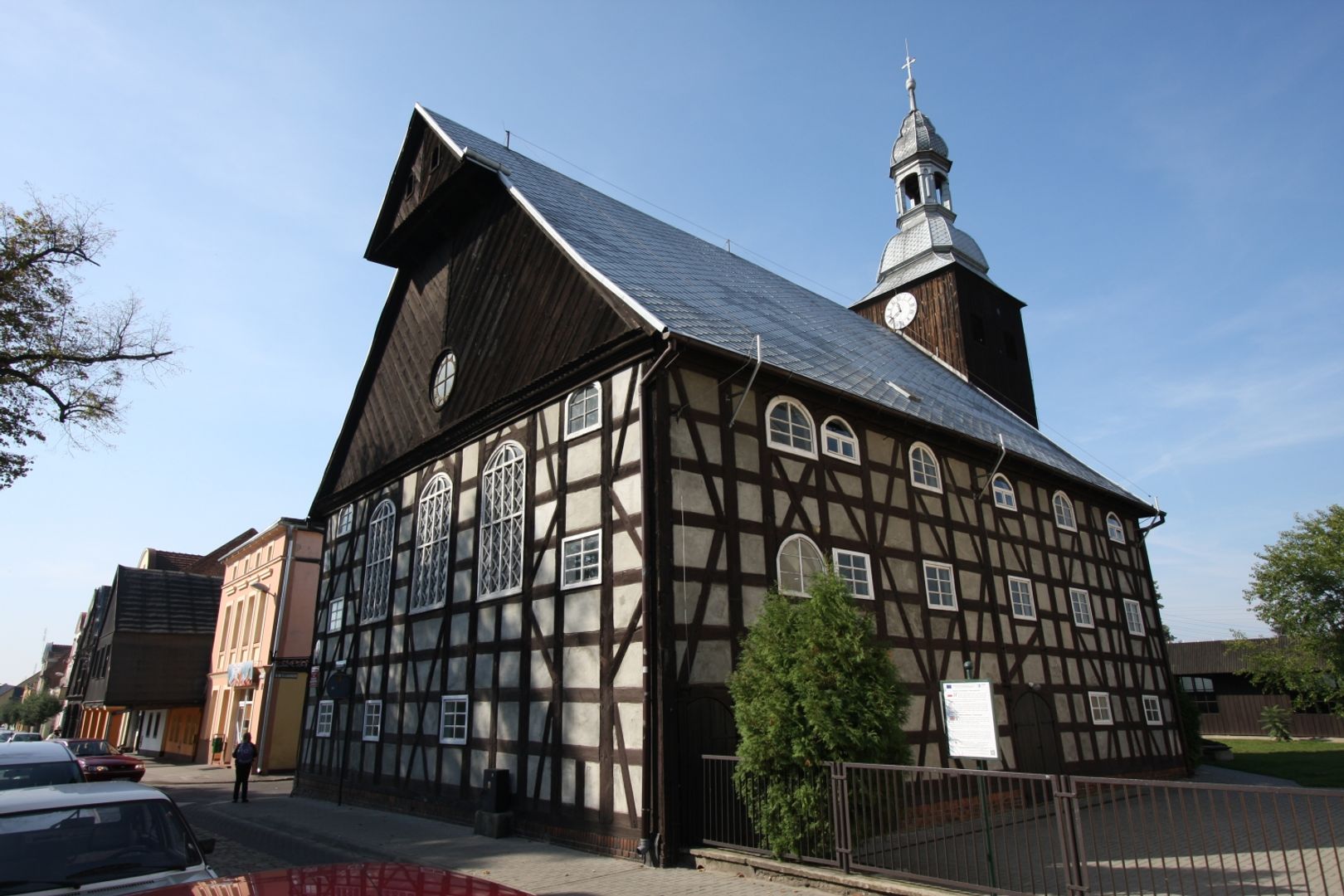Rakoniewice
6.27

Overview
Rakoniewice is a town in the Greater Poland Voivodeship, within the Grodzisk County, boasting a rich history dating back to at least the mid-13th century. The first records of the settlement come from 1252, when it was owned by Count Rakoń, to whom the land was granted by Duke Bolesław the Pious. The town went through various stages of development, initially as a ducal property and later as a noble estate, with its residents known for their craft and trade activities. In the past, the town was also affected by the Swedish invasion, which led to a fire in 1707. In 1662, Rakoniewice was granted town rights, becoming a craft and trade center. In the 19th century, the town fell under Prussian rule, and in the 20th century, a significant event was the participation of its inhabitants in the Greater Poland Uprising in 1919. Rakoniewice is rich in architectural heritage, including a historic urban layout and monuments such as the half-timbered church from 1763, the Church of St. Martin from 1797, and a 19th-century palace. An interesting fact is that between 1869 and 1872, Robert Koch, the discoverer of the tuberculosis bacillus, conducted his first medical practice in Rakoniewice. The town is well-connected thanks to the national road No. 32 and a railway line, which supports its economic development.
Location
You can also find here:
2025 Wizytor | All Rights Reserved
